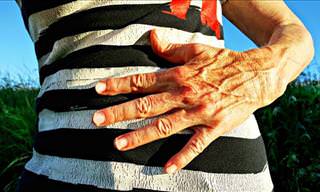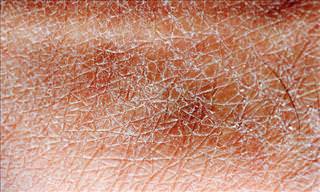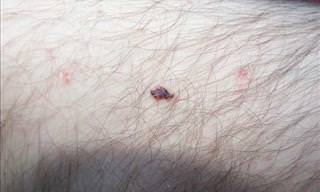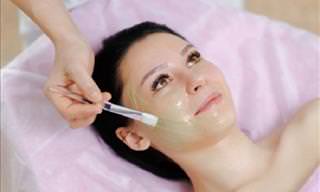You’re examining your body in front of the mirror and suddenly you see a new red, brown or pink spot on your back. Where did it come from? Some of us may jump to worry and think that it might be skin cancer, but before you stress yourself out, you should know that there are many factors that may create signs and marks on your body, and many of them are harmless. Here are 7 signs and spots that may appear on your skin, how to get rid of some of them and whether they are dangerous or not.
1. Red beauty mark (Cherry Angioma)
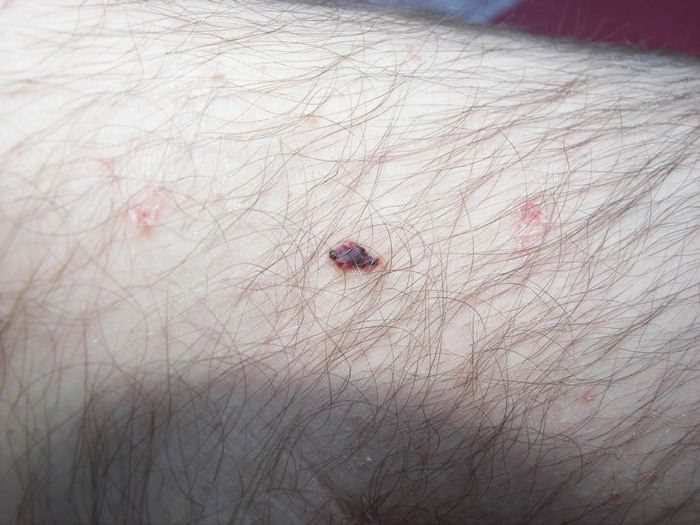
A cherry angioma is a small red dot that can look like a bump or a smooth patch on the skin. In fact, it is just the physical appearance of a cluster of dilated blood vessels. " “Patients will come in and say they keep getting more and more,” says Dr. Nada Elbuluk, assistant professor in the Department of Dermatology at New York University. “And it’s true, you get them as you age.” These spots are also hereditary, so if your parents or siblings have these, you are more likely to notice them on your skin at one point or another, and the good news is that they are harmless. The good news is that they can be removed with IPL or intense pulse light treatments.
2. Skin tags
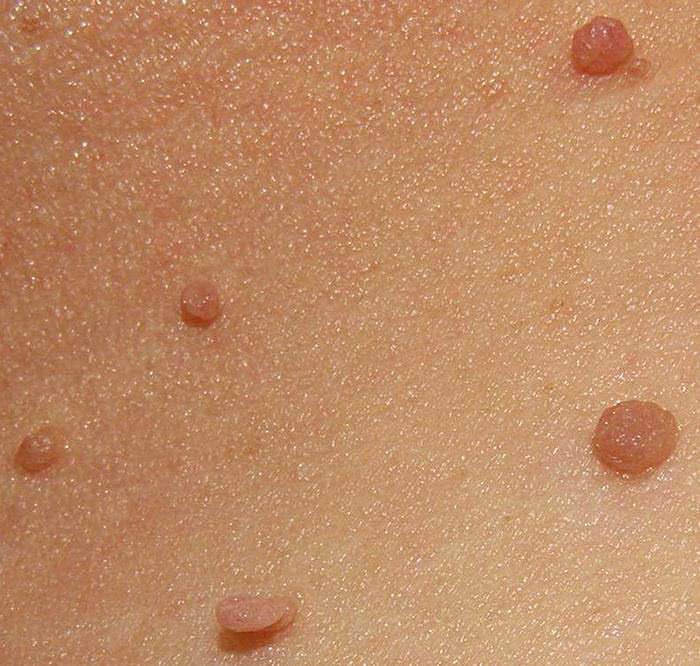
Skin tags are often found in areas where clothing tends to rub, making them quite a nuisance. The continuous rubbing can irritate them and cause inflammation, but in general, they aren’t harmful and are usually the same color as your skin, and therefore, often go unnoticed. If they don’t bother you, you do not have to think about removing them, but if they do, don’t try removing them yourself, especially not by ripping or cutting them off “People will use non-sterile tools and come in with inflamed, irritated, and infected skin,” Dr. Elbuluk says. To remove them safely, consult your dermatologist.
3. Dermatofibroma
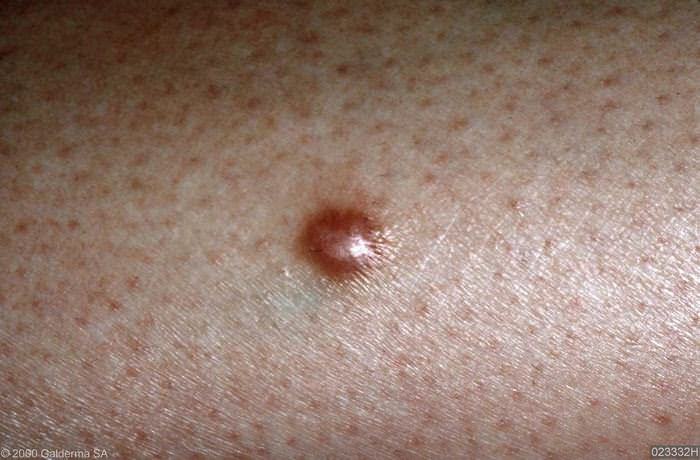
“A patient will come in and tell me that she’s had this bump that’s been on her skin for years and it never goes away,” says Dr. Elbuluk. You’ll usually find them on your arms or legs, and they can be brown or pink. These protrusions consist of fibrous scar tissue that may resemble a mosquito bite or an ingrown hair. Like skin tags and red beauty marks, this spot on your skin is also harmless. However, because it can look like a mole, you should let your dermatologist check it out. “Moles can change into melanoma, but a dermatofibroma does not,” says Dr. Michelle Pelle, MD, dermatologist and medical director at MedDerm Associates in San Diego.
4. Solar Lentigines (sun spots)
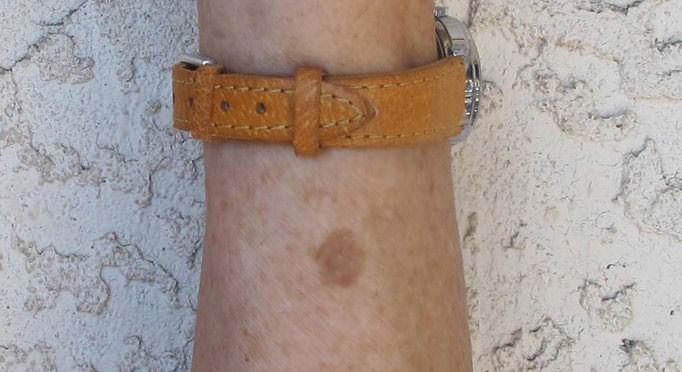
Although we all call them "age spots," these spots are more related to your skin's exposure to the sun than to your age. These spots may look like a flat spot on the skin or like moles, and they usually appear on areas that are exposed to the sun like the hands, face, neck, upper chest and legs. The good news is that while they are related to your exposure to sunlight, they are harmless and will not develop into skin cancer. The bad news is that sometimes it is difficult to tell the difference between age spots and moles that may eventually turn into skin cancer. If you have many of these on your skin, it will be difficult for you to diagnose yourself and know exactly which spots are which, and that’s why it is important that you get checked by a dermatologist to be sure.
5. Seborrheic Keratosis
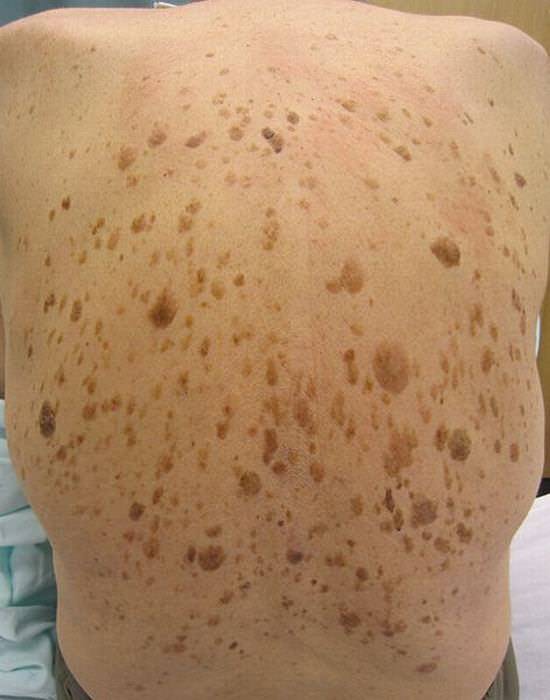
These spots are brownish-black and have a scaly appearance that grows on the outer layer of the skin. They’re usually found on people who reach menopause age and beyond. Your dermatologist can remove them by cutting them off, using liquid nitrogen or a laser, but beware: because these spots are harmless, your insurance may not cover the treatment, unless they’re in an area where they are particularly irritating, such as the neck.
6. Tinea Infection
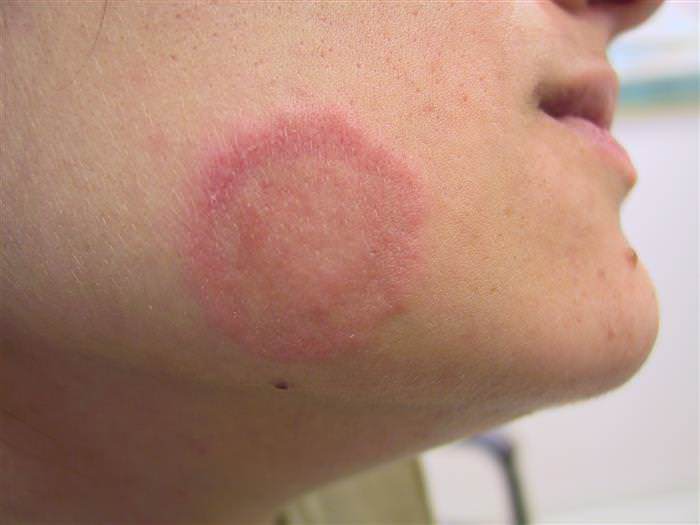
Tinea Infection can look like a small birthmark that changes color, just like a stain on your skin. These stains are actually a fungal infection that can reach any size or form and can spread and become harmful if you don’t treat them. Fortunately, treatment is usually simple and involves washing the affected area with soap or shampoo that can be bought with a prescription at the pharmacy. It is recommended that you consult your dermatologist if you see this spot on your body.
7. Squamous or Basal cell carcinoma
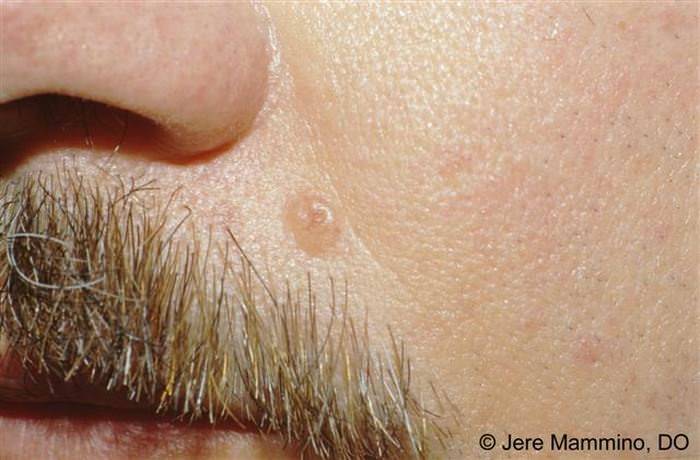
This is the most dangerous point you can have on your skin. “Many people don’t realize there are multiple types of skin cancer, Dr. Elbuluk says. “I’ll ask if someone has ever had skin cancer, and they will tell me, ‘No, just a basal cell.” These are usually red or skin color and look scaly or like a pearl. Dr. Elbuluk recommends that you consult your dermatologist immediately if your mole looks strange or starts growing, changing, bleeding, becomes itchy, and so on. "Do not wait until your next appointment, go see your dermatologist as soon as possible."
 Go to BabaMail
Go to BabaMail












